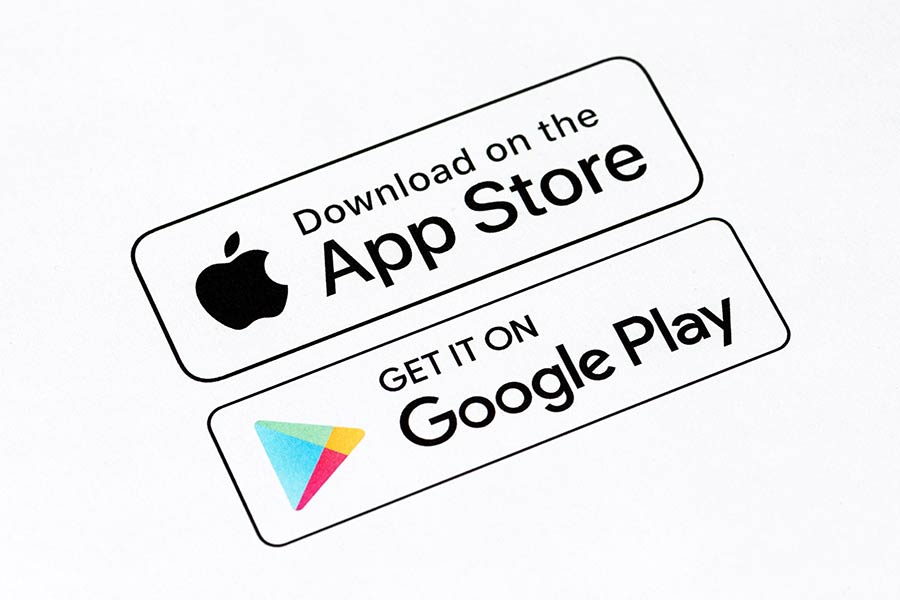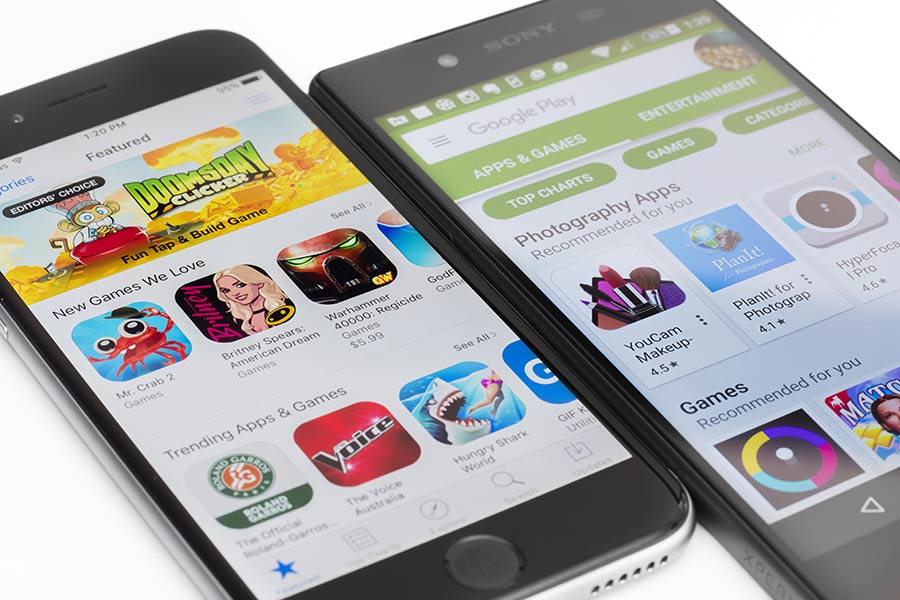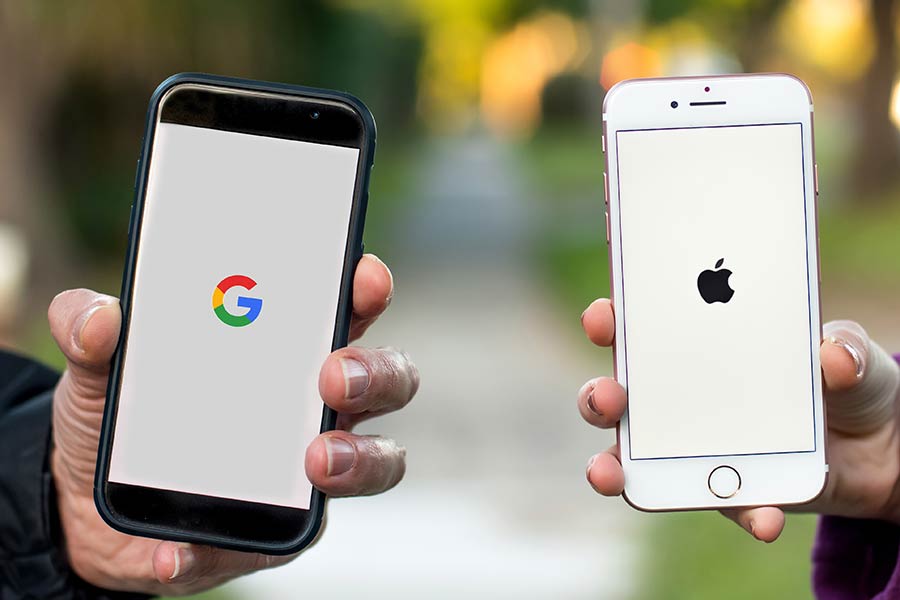Whilst the team here at Webnetism are all big fans fully responsive browser-based applications we can’t deny that a native App loaded directly onto a device is sometimes the optimum solution.
But that raises the next set of questions:
- Do I focus on Android or Apple devices?
- Do I need to spend time analysing my user base?
- Should I run focus groups or put out usability questionnaires to a peer group?
- Will I have to pay twice to do develop for Apple and Android?
Well never fear, technology has move on enough now you don’t have to have a team of Apple Developers and a team of Android developers doubling up on effort and expense, producing the same work in different ways.

And it’s not just the cost of initial development that becomes a factor when developing separately for both Apple and Android, the ongoing cost of support and maintenance is doubled when everything needs to be done twice. Then there’s the issue that one version may fall behind and get out of sync. Users may have a different experience depending on what device. And it’s not unusual for one user to have access to multiple platforms. Yes, I have an iPhone, but I have an Android tablet and it surprises me how out of sync some apps become.
There have been tools for a while now that have allowed you to convert code from one Apple to Android and vice versa, but the general opinion was although the original App would be OK, the clone could sometimes be a bit glitchy.
But as we’ve recently proved with a successful launch into both Google Play Store for Android and the Apple App Store for iPhone, we can now build a multi-platform App within our familiar Microsoft Visual Studio, with the help of a few add-ons.

We’ve built Apps before, on a Mac working in Xcode (the native language of iPhone Apps) but when existing client, asked us to create an iPhone App we spent a bit of time investigating the latest options.
And even though the requirement from the client was specifically for iPhone only, we thought that would be a bit short sighted and didn’t want to limit ourselves. And just as well, as before the project was halfway done conversations of an Android version started to gather momentum.
Thankfully we’d taken the right approach, and this didn’t need to change our development process.
Our native code developed in Microsoft Visual Studio with Xamarin Plug in installed allowed us to develop a single application and export to both platforms. Emulators helped with on the fly testing but with a selection of devices available real-life platform testing was also carried out to ensure everything worked exactly as expected.

So if you’re thinking you could benefit from making an App available to your users but are concerned about the cost of twice the development please have a chat with us and let us tell you more about how we can combine multi-platform Apps into a single code base.